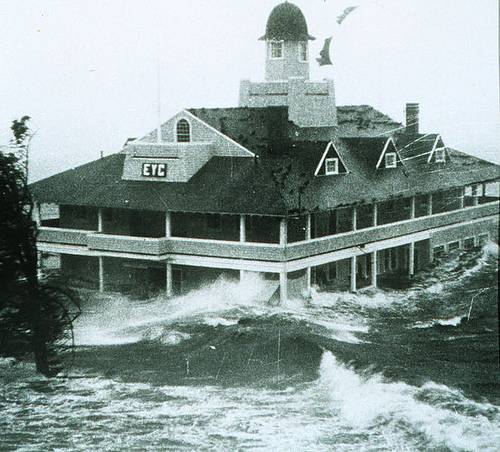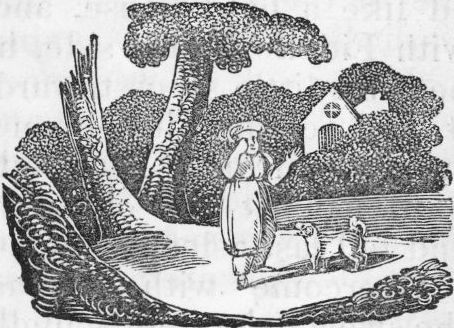During aerial surveys in 1992, German forestry students were surprised to see a giant swastika north of Berlin. Apparently locals had planted larches in that pattern in 1937, presumably to prove their loyalty to the party. After the war it was forgotten, as the effect could be seen only from the air, and only as the leaves changed.
When the giant Nazi symbol was rediscovered, though, Brandenburg authories worried that it would attract right-wing extremists — so they started cutting down the larches. In the end, 68 of the 100 trees had to fall before the effect was obscured. There’s an irony here, somewhere …



